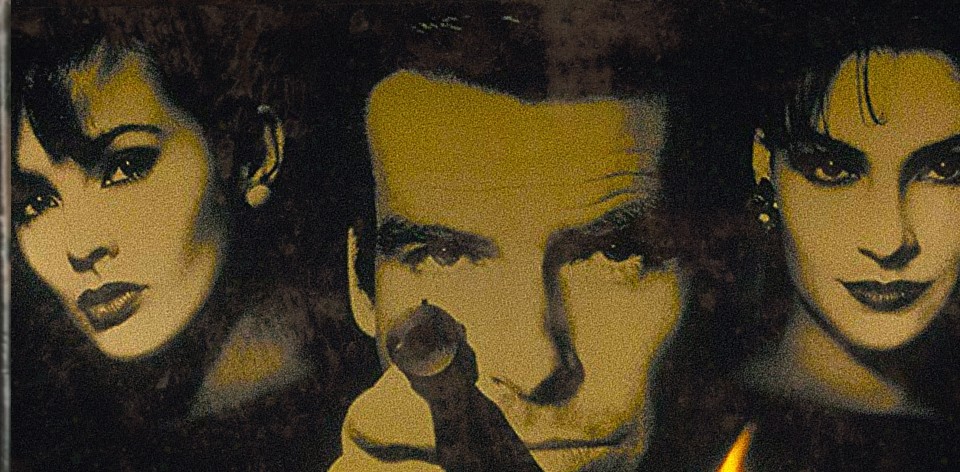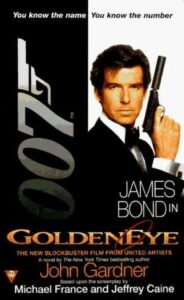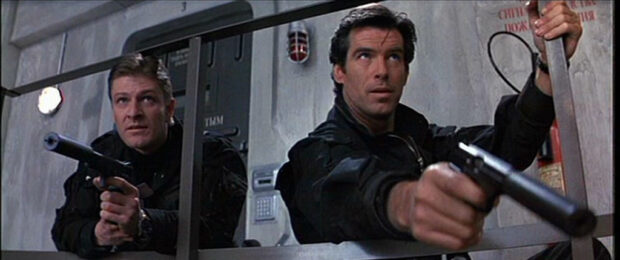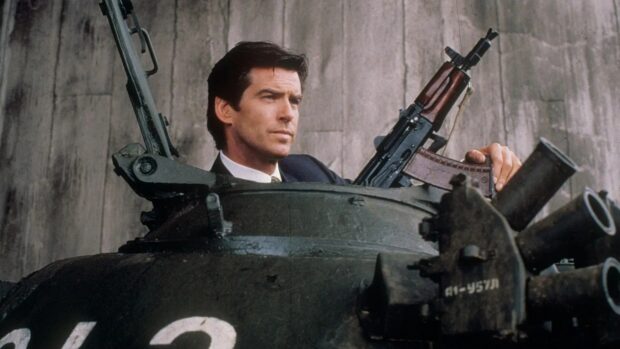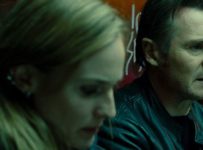Bond. James Bond. In the 007 Case Files, join me as I read all of the James Bond books, encompassing Ian Fleming and beyond. For Your Eyes Only: there’s spoilers ahead.
No limits. No fears. No substitutes.
That was the tagline for GOLDENEYE, the 17th James Bond film under the Eon Productions banner. Along with launching Pierce Brosnan as 007, it was the ship that sailed many a late night N64 session into our hearts and minds. So, there was at least one substitute. The other was this novelisation. Damn. The tagline lied.
There had been novelisations of previous Bond films, of course, not to mention a whole slew of comic book tie-ins. Christopher Wood’s adaptations, James Bond, the Spy Who Loved Me and James Bond and Moonraker, had at least nominal ties to Fleming’s Bond, albeit with significantly altered plots. Continuation author John Gardner got to play with a whole new Bond from the ground-up, breaking almost completely away from the Bond he’s crafted over the course of 14 previous novels.
Unlike Gardner’s version of Licence to Kill, which awkwardly attempted to reconcile the Fleming/Gardner universe with the film continuity, GOLDENEYE faithfully sticks to Jeffrey Caine and Michael France’s screenplay. (Bruce Feirstein also gets a credit on the final film). Save for a brief introductory scene, Gardner starts us off very much where the film does, at a Soviet weapon’s factory in 1986. His partner Alec Trevelyan (aka 006) is assumed killed by Colonel Arkady Grigorovich Ourumov.
Years later, Bond fails to stop the beautiful Xenia Onatopp, a member of the Janus crime syndicate, from stealing a stealth helicopter. When the chopper turns up at an attack on a secret site in Severnaya, Siberia, it’s accompanied by an EMP blast. Bond and the new M discover that it’s the result of a secret space weapon known as GoldenEye.
Teaming up with Severnaya survivor Natalya Simonova, and CIA contact Jack Wade, they soon make the most shocking discovery of them all. The burned-but-not-dead Trevelyan is Janus, and he intends to use the GoldenEye weapon to wipe out the West’s financial markets. As the film’s other tagline — ‘You know the name, you know the number’ — probably indicates, Bond does his heroics from here on in.
Some 27 years after the movie (repeatedly) wowed me in my late teens, there are some elements that just haven’t held up on screen. The chief of these is Brosnan himself. Indeed, in a 2014 interview, he rated his own performance: “I felt I was caught in a time warp between Roger [Moore] and Sean [Connery],” said Brosnan. “It was a very hard one to grasp the meaning of, for me. The violence was never real, the brute force of the man was never palpable. It was quite tame, and the characterisation didn’t have a follow-through of reality, it was surface.” Which hits the nail on the head really: there’s a surface cool to the film, one that remains all these years later, but Brosnan never quite bridges the gap between Dalton and Craig in retrospect.
Being a novel, Gardner gives us a greater sense of interiority and character detail that enhances this version of Bond. At one point, Bond questions what he has becomes. “Was he just a killing machine? Did his superiors let him get away with all kinds of excesses…because they understood the kind of strain his work produced.”
At the very least, it’s certainly a better segue between the fight and the romance with Natalya than the film provides. Of course, Gardner being Gardner, we also get lingering descriptions of the sex scenes, many of which using climbing metaphors, some lecherous descriptions of Natalya in a schoolgirl uniform, and a conclusive topography of Bond’s dick. (For the record, it’s “thick and long”).
There is different visual language to films and books, so I kind of miss some of the big set-pieces. As a seasoned thriller scribe, Gardner describes them well, although the vision of Bond doing a bungee jump off a dam or driving a tank through Moscow is hard to replicate quite as well in print. Gardner’s novel has a few extra scenes as well, including one between the train set-piece and Cuba where Jack Wade helps smuggle Bond and Natalya out of Russia. We’re also mercifully free off Eric Serra’s baffling score.
While not consciously tying this book to his other novels, Gardner sprinkles in hints of the previous regime. Trevelyan and Bond are given their initial assignment by “the Old Man,” so that the ‘Gardners’ M gets a cameo. More significantly, Bond references a woman from his past: “She’s alive, but she may never walk again. We were dealing with a very bad man.” We can assume this is a reference to Flicka at the hands of Max Tarn in SeaFire, but evidently Bond has very much moved on!
As all Bond fans know, GOLDENEYE was the name of Ian Fleming’s estate in Jamaica. It necessarily ties this story to the past while having its sights set on the future. Indeed, at one point, Janus’ rival Valentin Zukovsky comments “I have a firm belief that we’ll be back in business within a decade.” As we look through the daily news, it turns out they were only off by a couple of years.
James Bond will return…in COLD (aka ColdFall).

